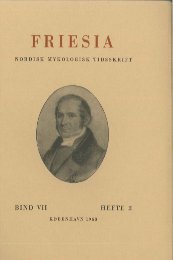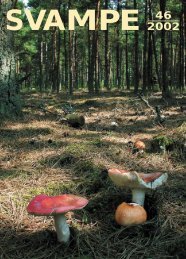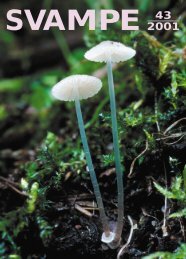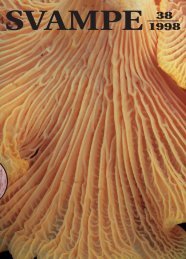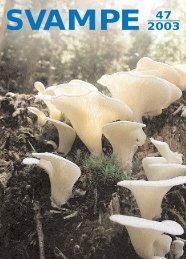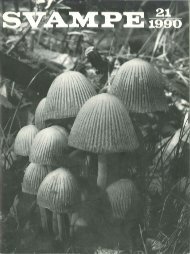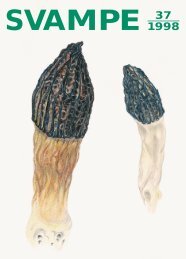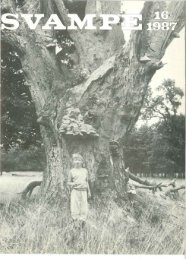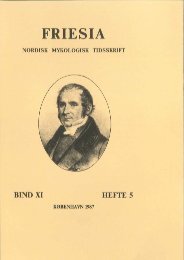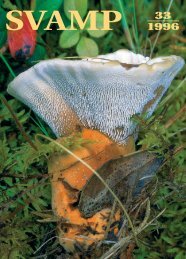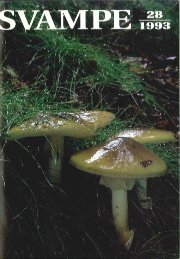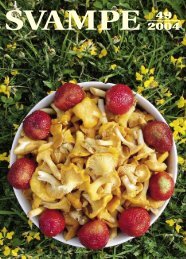Friesia X, 4-5
Friesia X, 4-5
Friesia X, 4-5
You also want an ePaper? Increase the reach of your titles
YUMPU automatically turns print PDFs into web optimized ePapers that Google loves.
- 252 -<br />
lings in pots. In the latter case five species of Hordeum, including<br />
eight cultivars of H. vu lqare, and five species of Triticum, including<br />
nine cultivars of T. aestioum, were inoculated with seven isolates from<br />
barley. A similar set of host plants was inoculated with six isolates<br />
from wheat. The isolates from barley were pathogenic to all five<br />
species of barley but non-pathcgenic to the wheat species. Similarly<br />
the isolates from wheat attacked all five species of wheat but did<br />
not attack the species of Hordeum .<br />
In view of the similarit y in morphology and the marked difference<br />
in pathogenecit y on barley and wheat t wo formae speciales of L. no<br />
dorum are proposed:<br />
L eptosphaeria nodorum MULLER f. sp. hordei f. sp. nov.<br />
Imperfect stage: Septoria nodorum (BERK.) BERK. & BR. f. sp .<br />
hordei f. sp . nov.<br />
In accordance with The International Code of Botanical N omen<br />
elature L. nodorum on wheat must be given the same taxonomic rank :<br />
Leptosphaeria nodorum MULLER f. sp . nodorum . Imperfect stage :<br />
Septoria nodorum (BERK.) BERK. & BR f. sp. nodo rum.<br />
INTRODUCTION<br />
Septoria nodorum (BERK.) BERK. & BR. is well known as the<br />
causa! agent of glume blotch of wheat. The organism was first found<br />
on wheat by BERKELEY (1845) who deseribed it as Depazea nodorum.<br />
Later the name was changed to Septoria nodorum (BERKELEY &<br />
BROOME 1850). The pathogen has since been reported as beeing wide<br />
spread in most wheat-growing countries (C.M.I. 1954). The perithecial<br />
stage was found on wheat by MULLER (1952) and deseribed as Lepto<br />
sphaeria nodorum MULLER. In England perithecia were reported on<br />
wheat in 1967 (LUCAS & WEBSTER 1967).<br />
According to SPRAGUE (1950) Septoria nodorum has been found<br />
on many other genera of Gramineae including Hordeum. The reports<br />
of S. nodorum as a pathogen on barley are, however, relatively few,<br />
and only the pycnidial stage has been recorded (CONNERS & SAVILLE<br />
1944, 1945, BOEREMA et al. 1964, JØRSTAD 1967, HANSEN & MAGNUS<br />
1969, HOLMES & COLHOUN 1970). The report by CONNERS & SAVILLE<br />
is probably based on a misidentification since their sporemeasure<br />
ments do not conform with those accepted for S. nodorum, but rather



